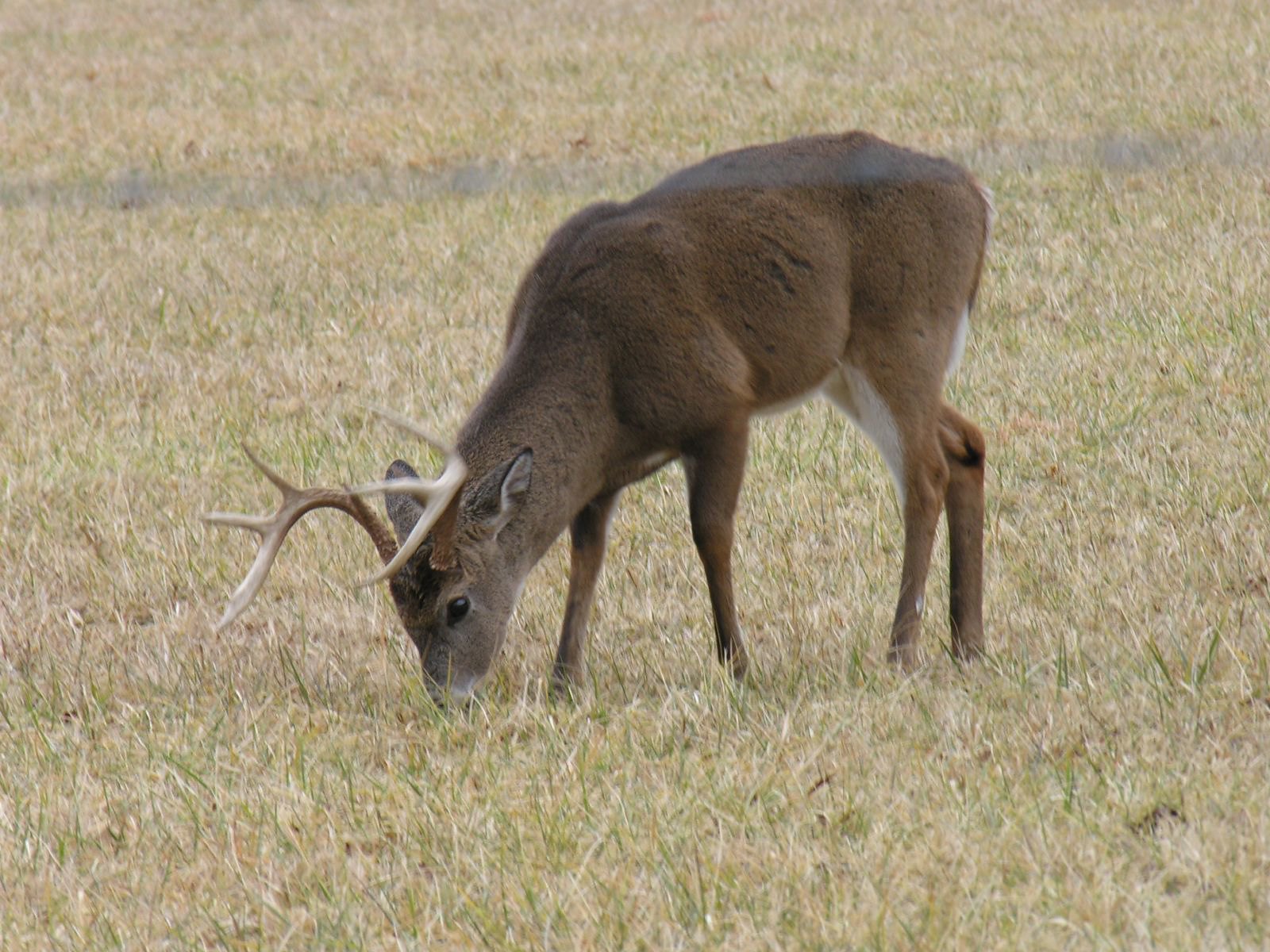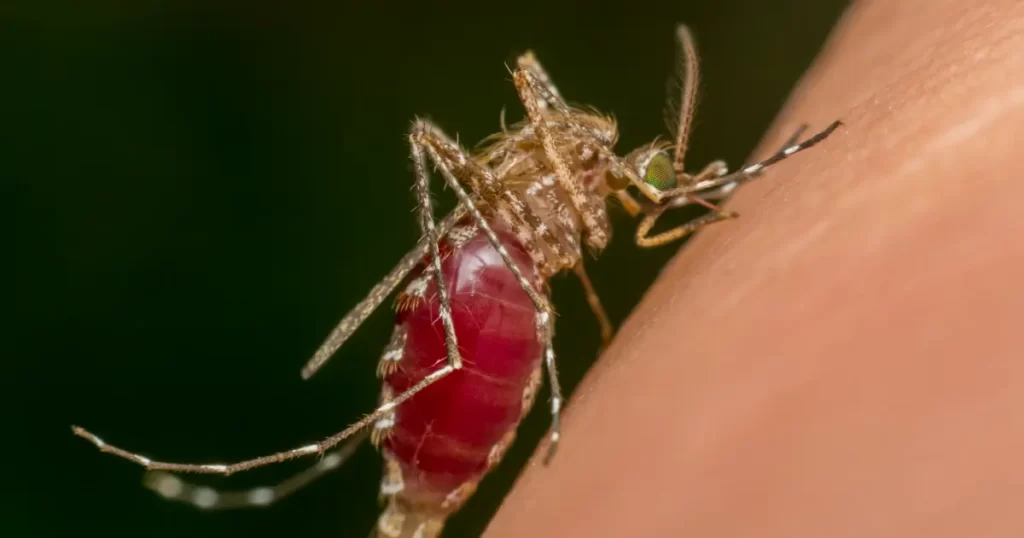The US Department of Agriculture (USDA) Animal and Plant Health Inspection Service (APHIS) has confirmed two more H5N1 avian flu outbreaks in poultry, both in backyard flocks.
.jpg)
One detection involves a flock in Montana’s Broadwater County that has 8 birds, and the other affects a flock in North Carolina’s Guilford County with 6 birds.
The outbreaks are part of an early uptick in H5N1 activity in poultry that began in late August, mainly in the Midwest. Over the last 30 days, highly pathogenic avian flu has been confirmed in 27 flocks, 19 commercial and 8 in backyard locations. Over that period, more than 3.8 million birds were affected.
More detections in mammals and wild birds
Also, the USDA reported three more H5 avian flu detections in mammals, including a domestic cat from Los Angeles County in California with a sample collection date of September 19 and a virus confirmation date of September 23. The cat may be one of two from that same household that died after eating commercially sold raw pet food.
The other mammals are a house mouse and a ground squirrel from North Dakota’s Dickey County, both sampled in the middle of September.
This week the USDA reported more than 200 detections in wild birds, much of it from active surveillance in waterfowl, especially in Midwestern states. A few detections involved birds found dead and had samples collected in September in states including Utah, Colorado, and Iowa.
A new study in npj Dementia using data from the UK Biobank shows that COVID-19 survivors aged 50 and older had a higher likelihood of developing new-onset dementia (NOD) compared to uninfected controls.
A total of 54,757 participants met the inclusion criteria for the study, including 16,017 with COVID-19 and 38,740 non-COVID participants. The median observation period was 24.1 months.
According to the authors, compared with matched non-COVID controls, prior COVID-19 infection was associated with a 41% increased risk of all-cause dementia (hazard ratio [HR], 1.41; 95% confidence interval [CI], 1.13 to 1.75). Men, unvaccinated participants, those with high blood pressure, and those with frequent alcohol use had the highest association with NOD.
Other respiratory illnesses also linked to dementia
But when COVID-19 patients were compared to participants with non-COVID respiratory disease, the association disappeared. Moreover, the association was age-dependent. There was no statistically significant association observed among individuals younger than 65 years (HR, 0.55; 95% CI, 0.23 to 1.30).
The observed associations may reflect a broader impact of respiratory conditions on cognitive health .
“The observed associations may reflect a broader impact of respiratory conditions on cognitive health rather than a COVID-19–specific effect,” the authors wrote. “Given the substantial societal burden of dementia, continued surveillance and research into the long-term cognitive consequences of COVID-19 are crucial.”

The Georgia Department of Natural Resources (GDNR) has added Lowndes County to its chronic wasting disease (CWD) management area after a 2.5-year-old buck tested positive 5 miles from a detection in Lanier County, according to media reports.
In late September, a landowner reported the deer, which was found about 5 miles south of a January 2025 CWD detection in adjacent Lanier County, Douglas Now reports. The new case is the state’s third, after a second deer was found in Berrien County in April 2025 just 400 yards from the first Lanier County case. All three adjoining counties are located in south central Georgia, with Lowndes bordering Florida.
GDNR recommends testing deer harvested within area
The GDNR has added the 5-mile radius around the new case, which also includes parts of Lanier and Berrien counties, to the CWD management plan for enhanced surveillance. The GDNR recommends that hunters have any deer harvested from this area tested for CWD.













